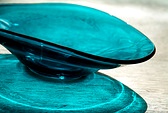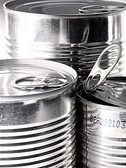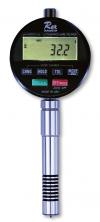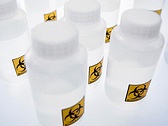How Glass Gets Its Color
We’ve shared the history of glass and the reasons why glass ‘sparkles’, but one of the other common questions we get is how glass gets its color. When Laurel creates a stained glass
Color You Want Chemical You Add
White Antimony Oxides or Tin Compounds
Black Manganese, Cobalt and Iron
Brown Iron Oxides
Deep Blue Cobalt Oxide
Light Blue Copper Compounds
Green Iron Oxides
Yellow Green Uranium Oxides (this one glows!)
Yellow Lead with Antimony
Ruby Red Gold Chloride
Red Selenium Compounds
Amber Manganese Oxides
If you’ve got questions on how we get to a certain color, feel free to email us info(at)bottlesupglass(dot)com or come on by the studios on Bluffton. We’d love to meet you.
How Glass Gets Its Color Read More »



